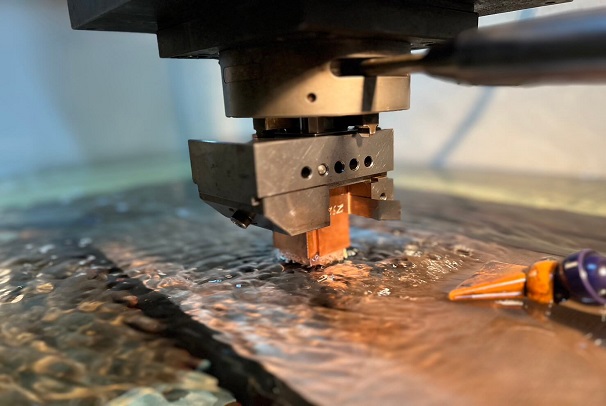What is electrical discharge machines(EDM)?
Electrical Discharge Machining (EDM) is a metal working technique that is commonly used to process hard, difficult-to-machine materials.
It utilizes the principle of electric spark discharge to create a discharge channel between the electrode and the workpiece to remove material.
The basic steps of EDM:
1.Electrode and workpiece setup:
An EDM system consists of a pair of electrodes and a workpiece.
The choice of electrodes depends on the specific machining requirements, including the hardness of the material, the complexity of the size and shape, and the requirement for surface accuracy.
A common material for discharge electrodes is copper.
2.Establishing the discharge channel:
An electric field is established by applying a voltage between the electrode and the workpiece.
When the strength of the electric field reaches a certain value, an electric spark discharge channel is formed between the two.
3.Spark discharge:
An electric spark passes through the discharge channel, creating a tiny area of high temperature and pressure.
This causes the material on the surface of the workpiece to melt, evaporate or oxidize.
4.Material Removal:
The high energy of the spark causes tiny areas of material to be removed from the surface of the workpiece, forming pits.
These pits eventually form the desired shape.
5.Working fluid cooling:
During the discharge process, a fluid known as a working fluid, usually deionized water or oil, is often used to cool the electrodes and the workpiece, as well as to cool and clean the machining area.
There are two main types of EDM:
1.Wire EDM:
Using a metal wire as an electrode, the workpiece is cut by a continuous discharge of electricity.
Commonly used for making molds and cutting parts with complex shapes.
2.EDM Drilling:
Used to make small holes by creating an electric spark discharge between the surface of the workpiece and the electrode.
Features and advantages:
Suitable for hard materials:
Good adaptability to hard and difficult-to-machine materials (e.g. hard alloys, titanium alloys, etc.).
High precision:
Very high machining accuracy can be realized, especially suitable for microfabrication.
Complex shapes:
Complex shapes can be machined without being limited by the shape of the tool.
No cutting forces:
Due to non-contact machining, no cutting force is generated, reducing the possibility of workpiece deformation.
